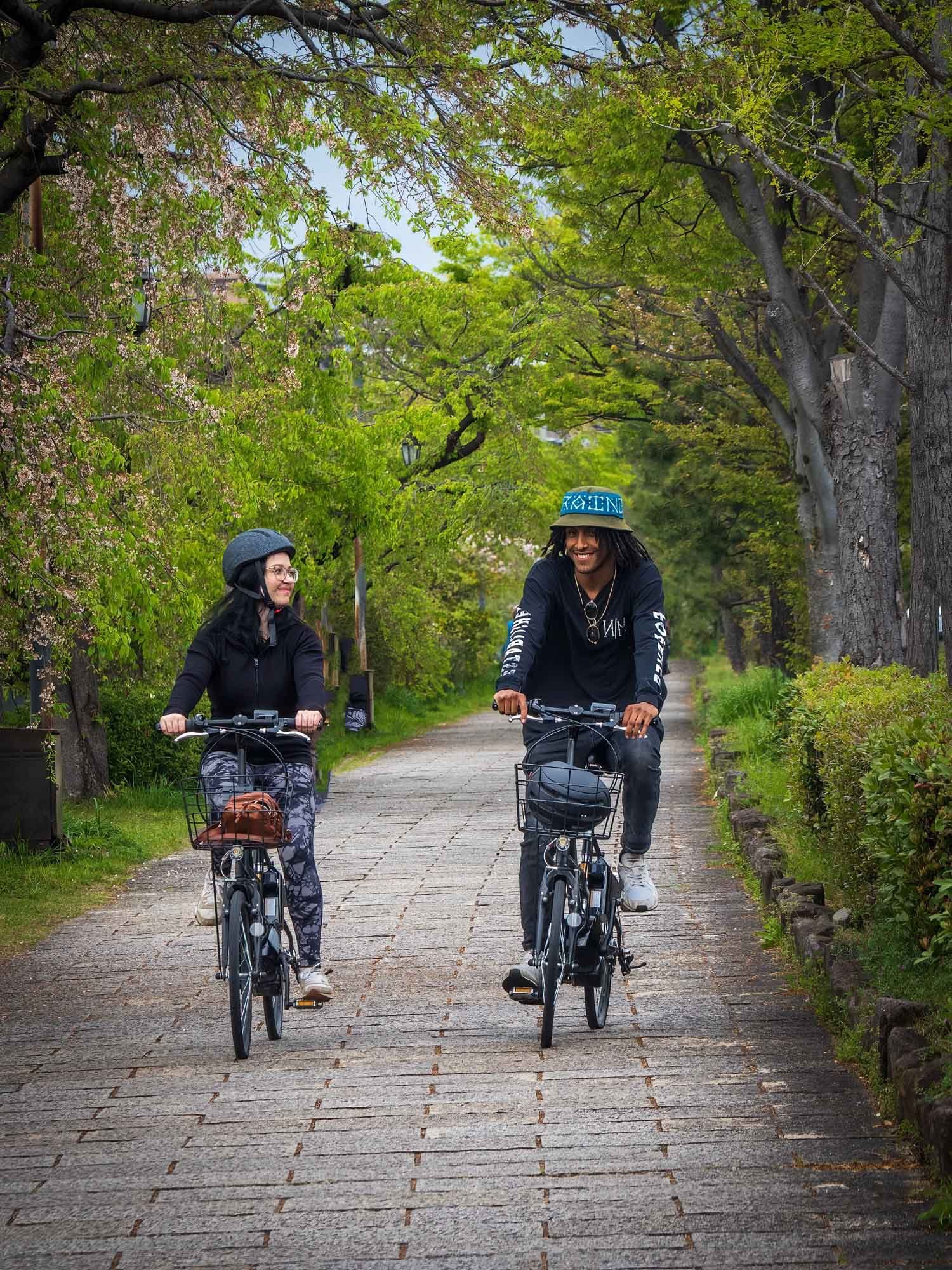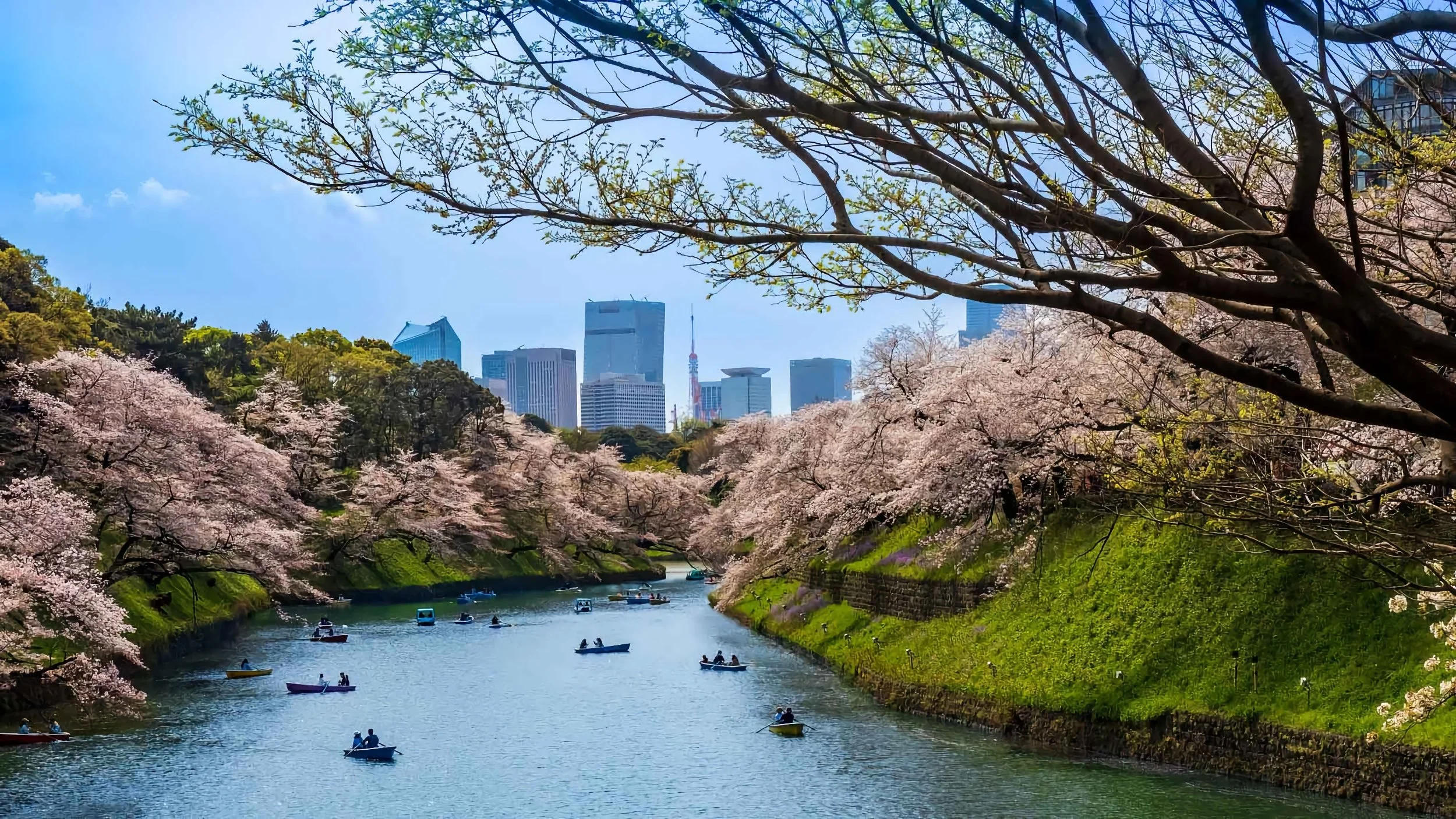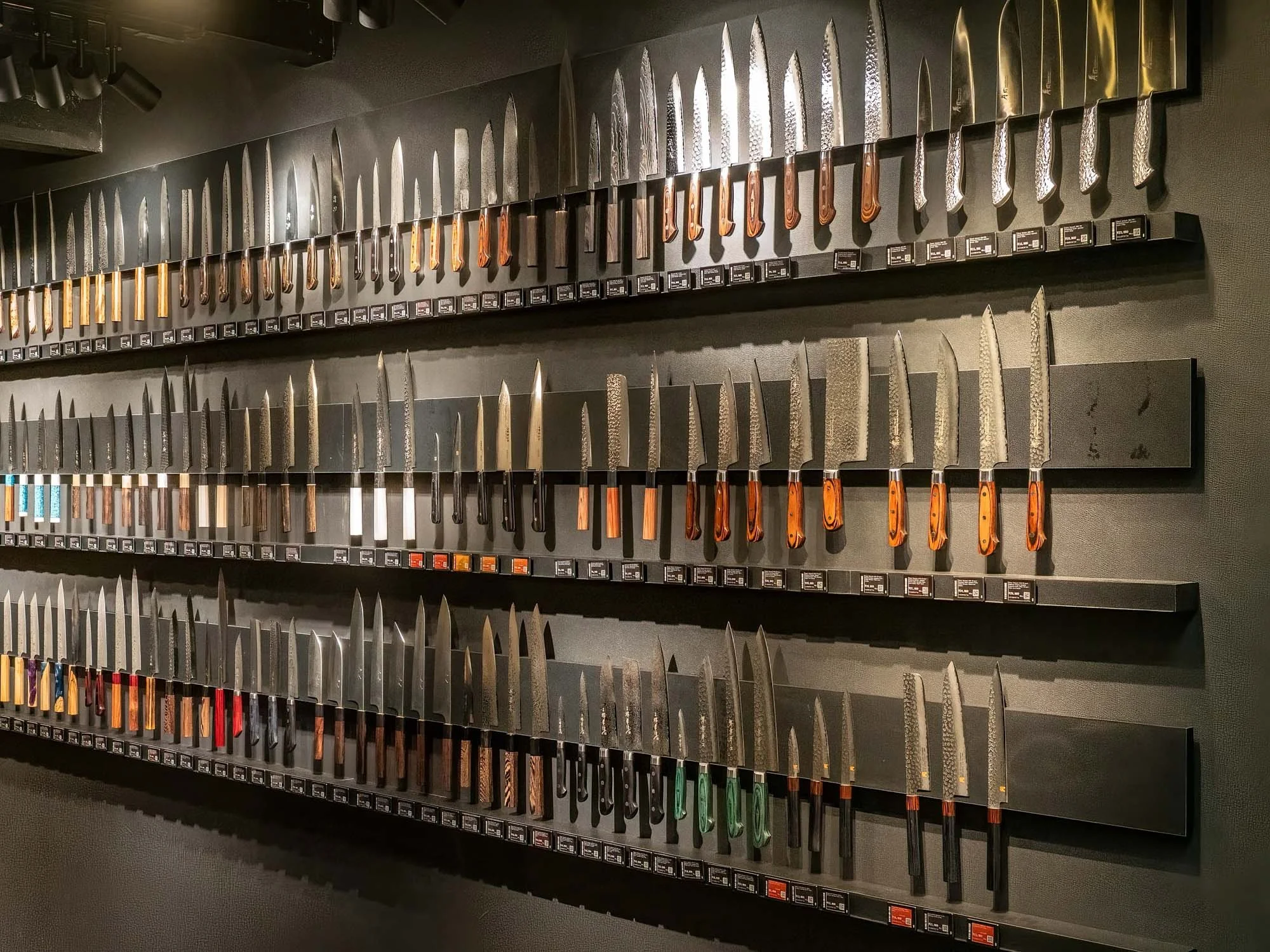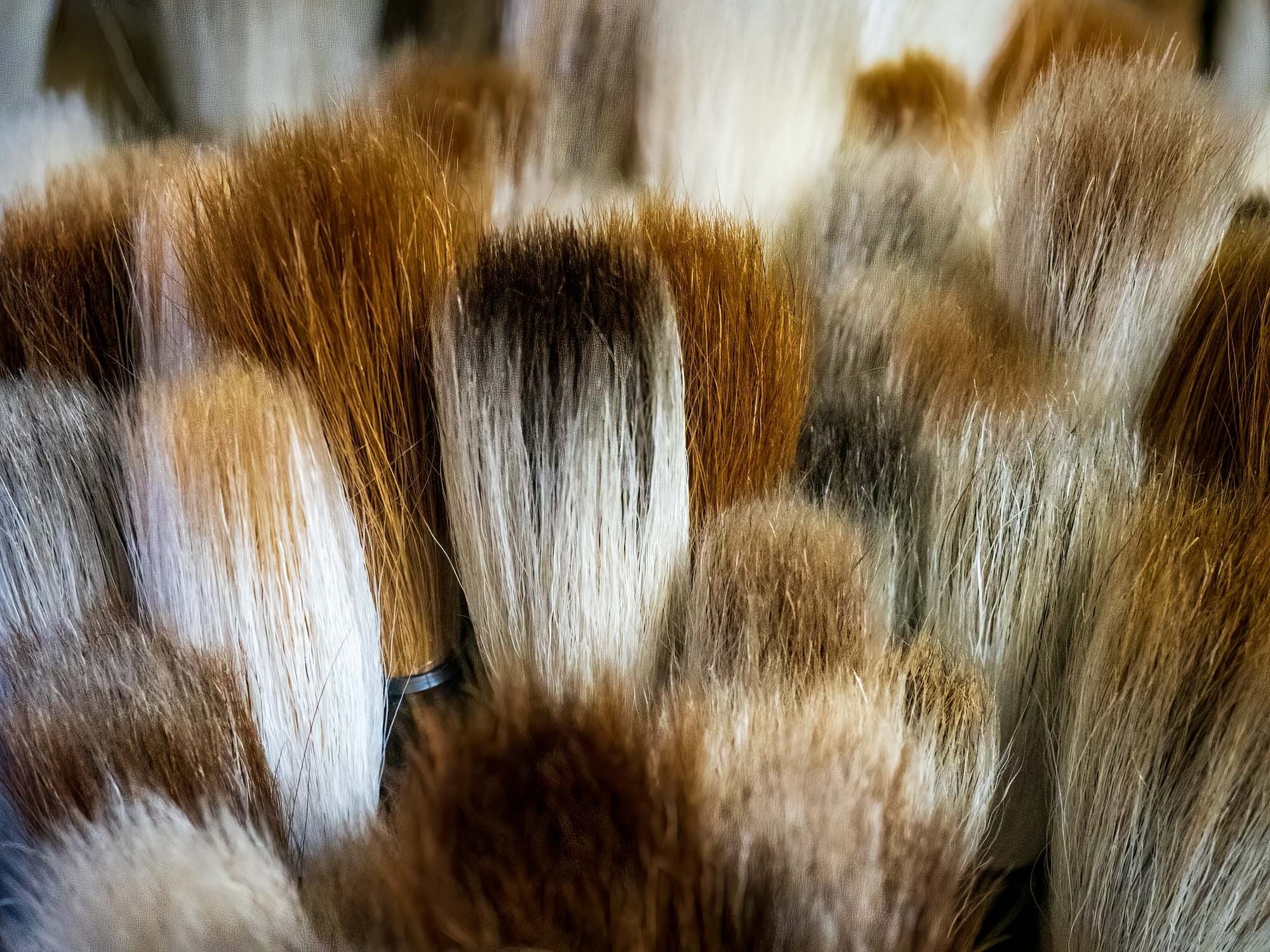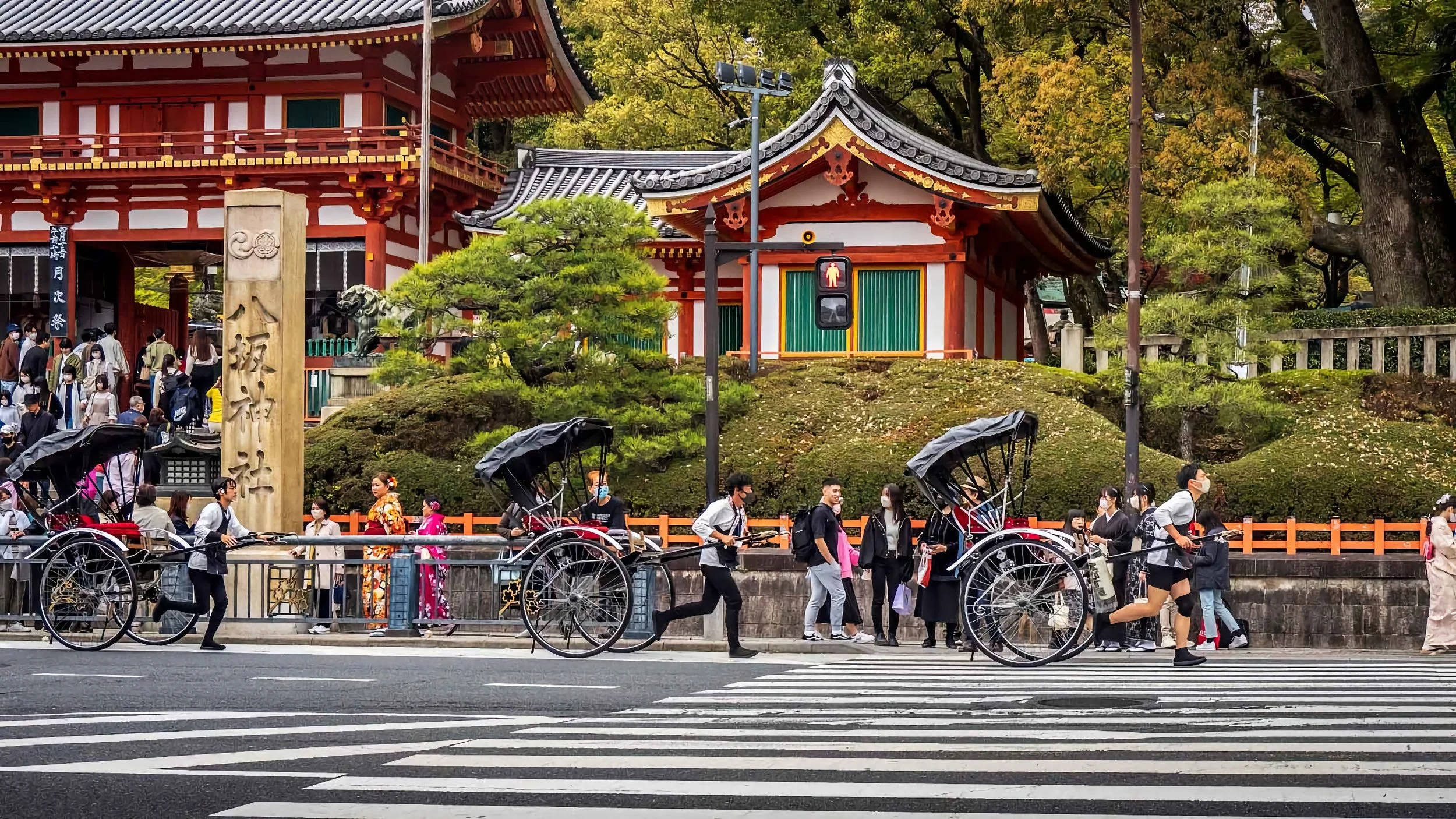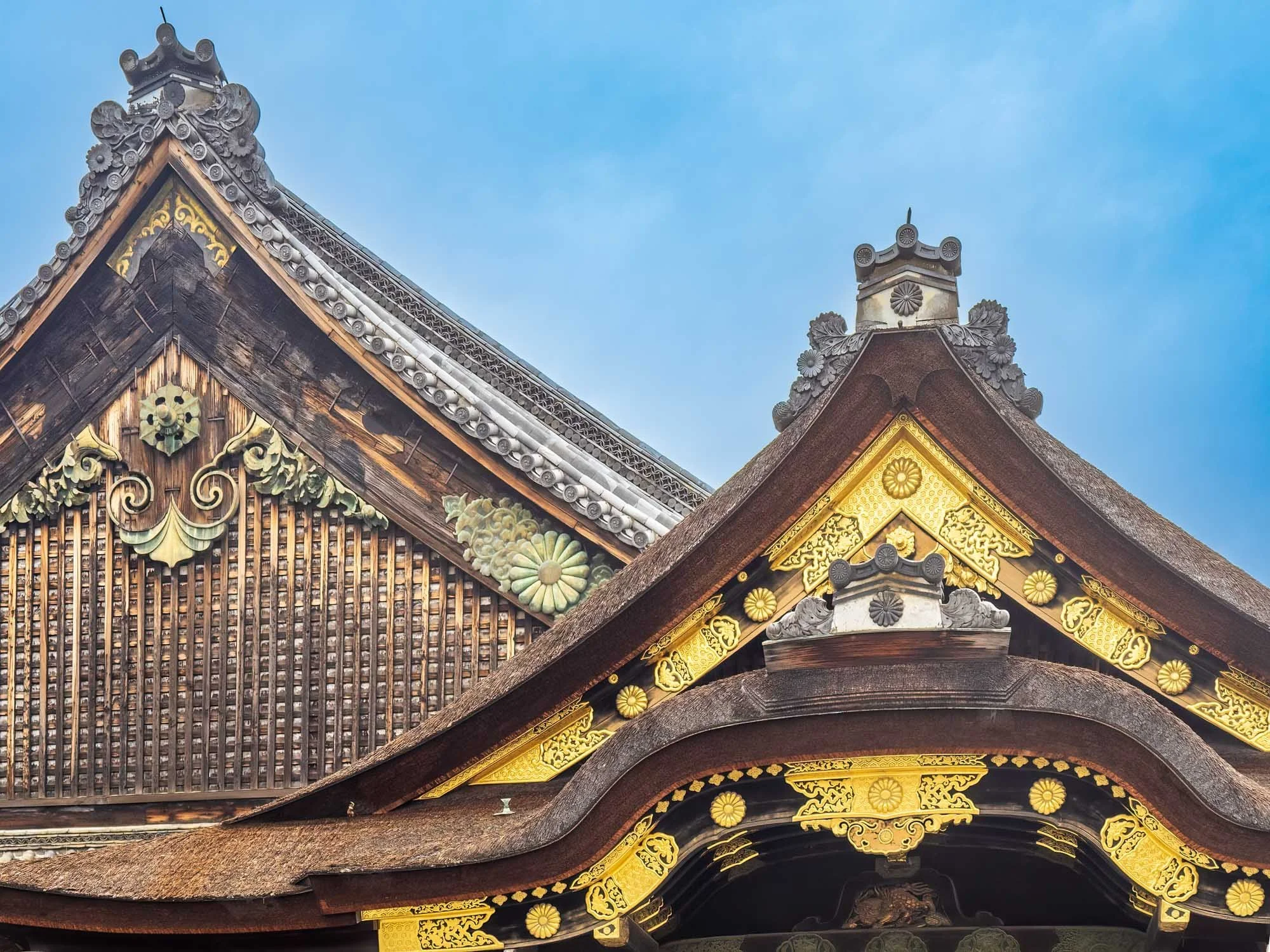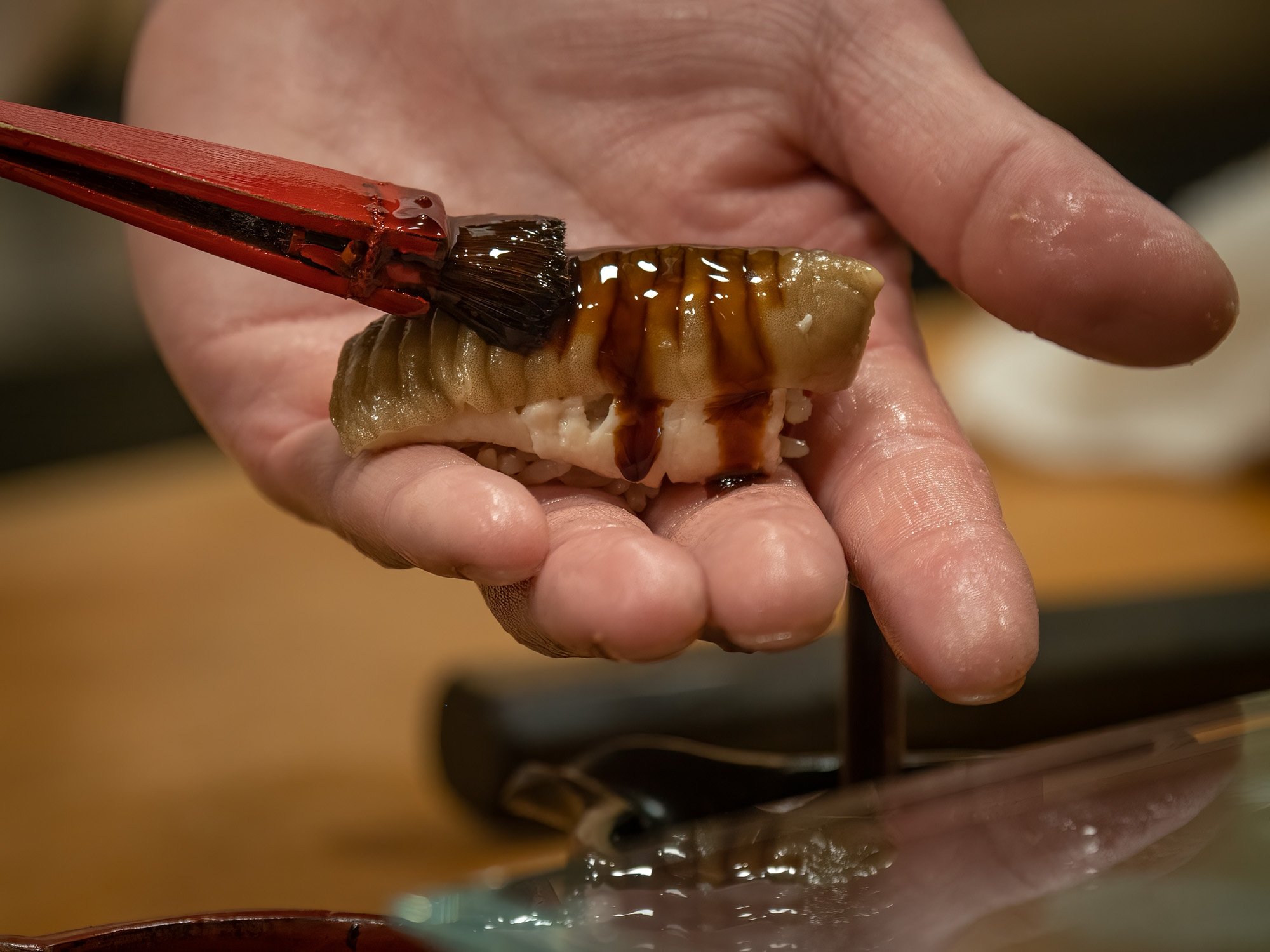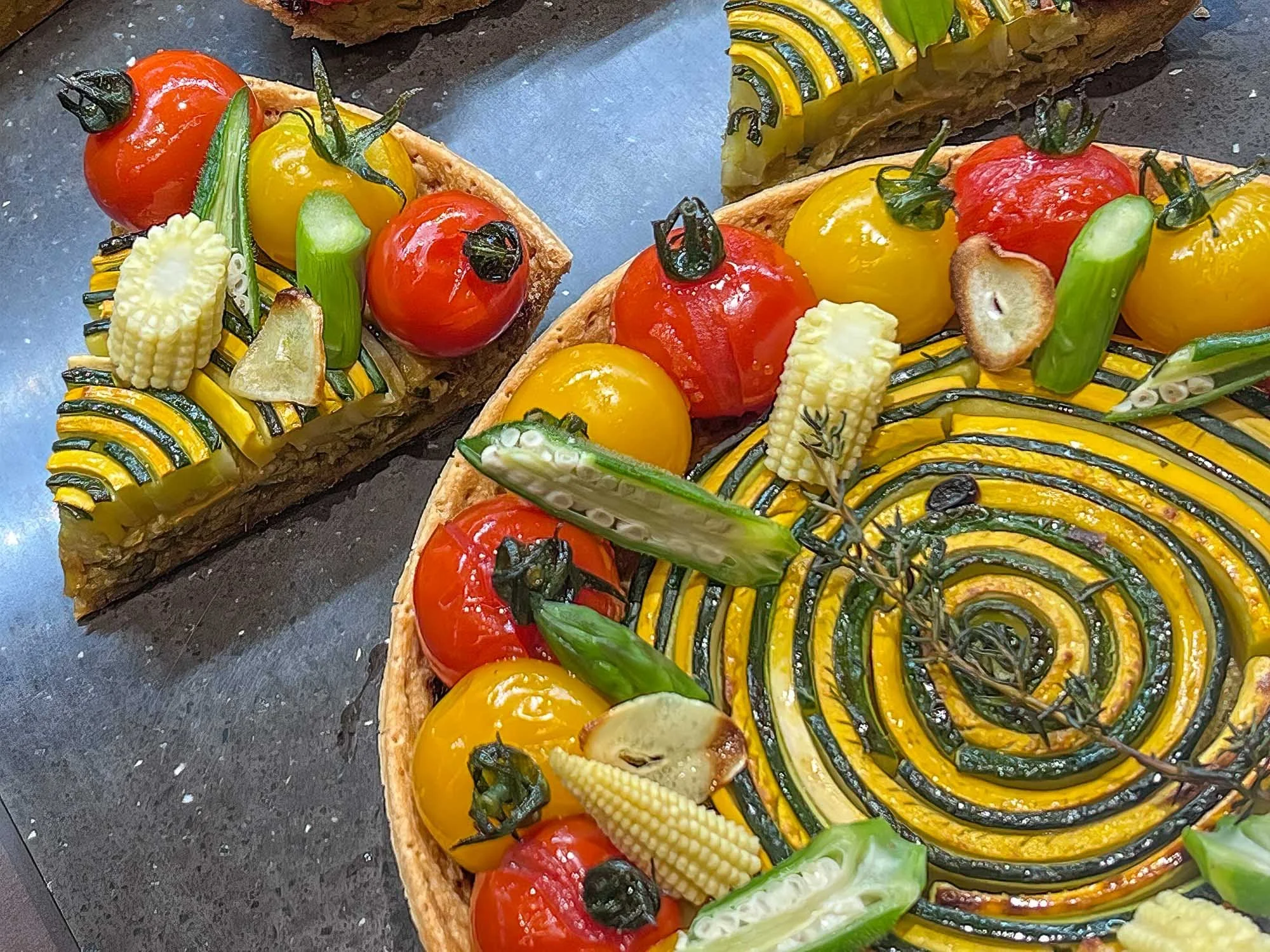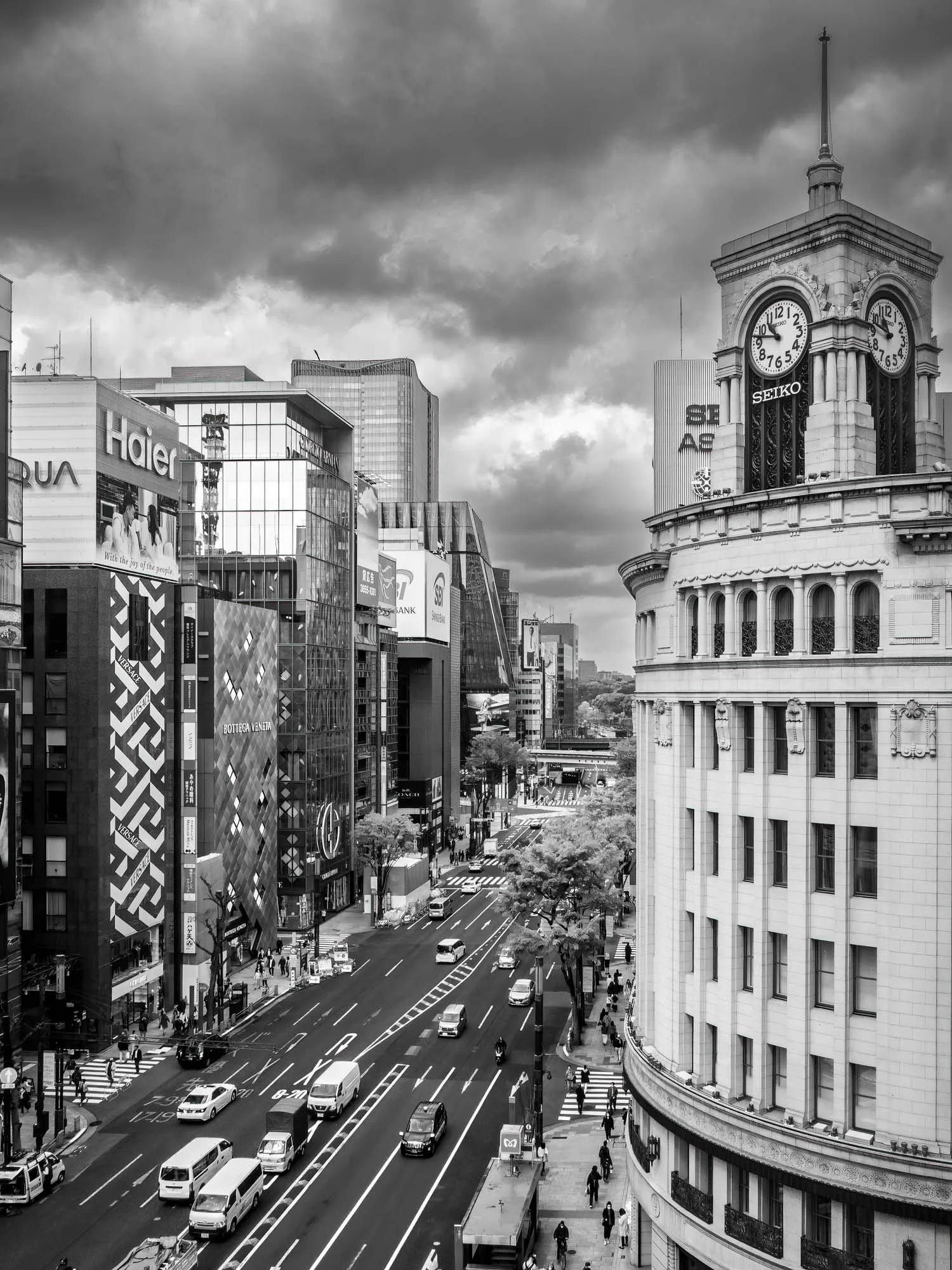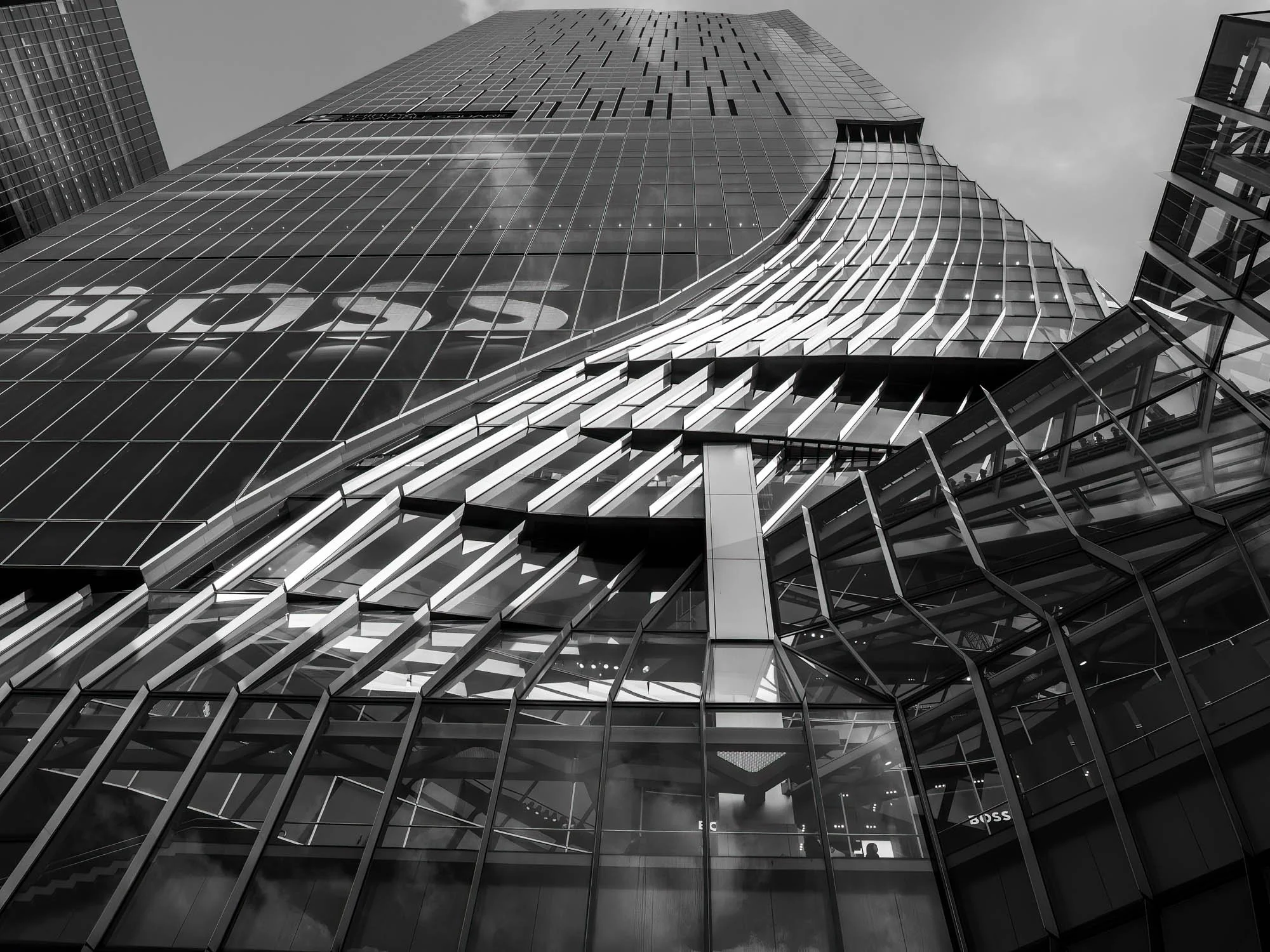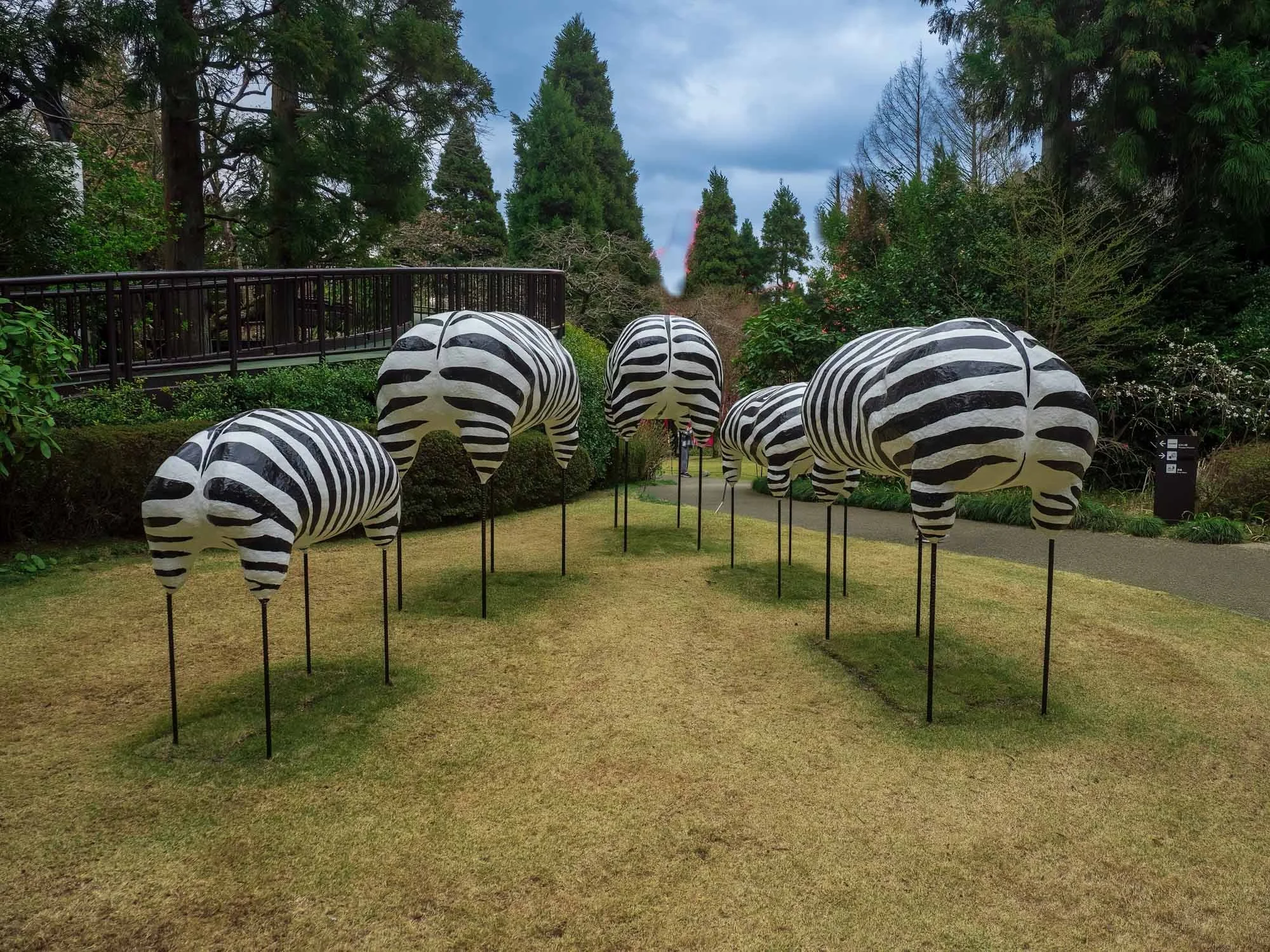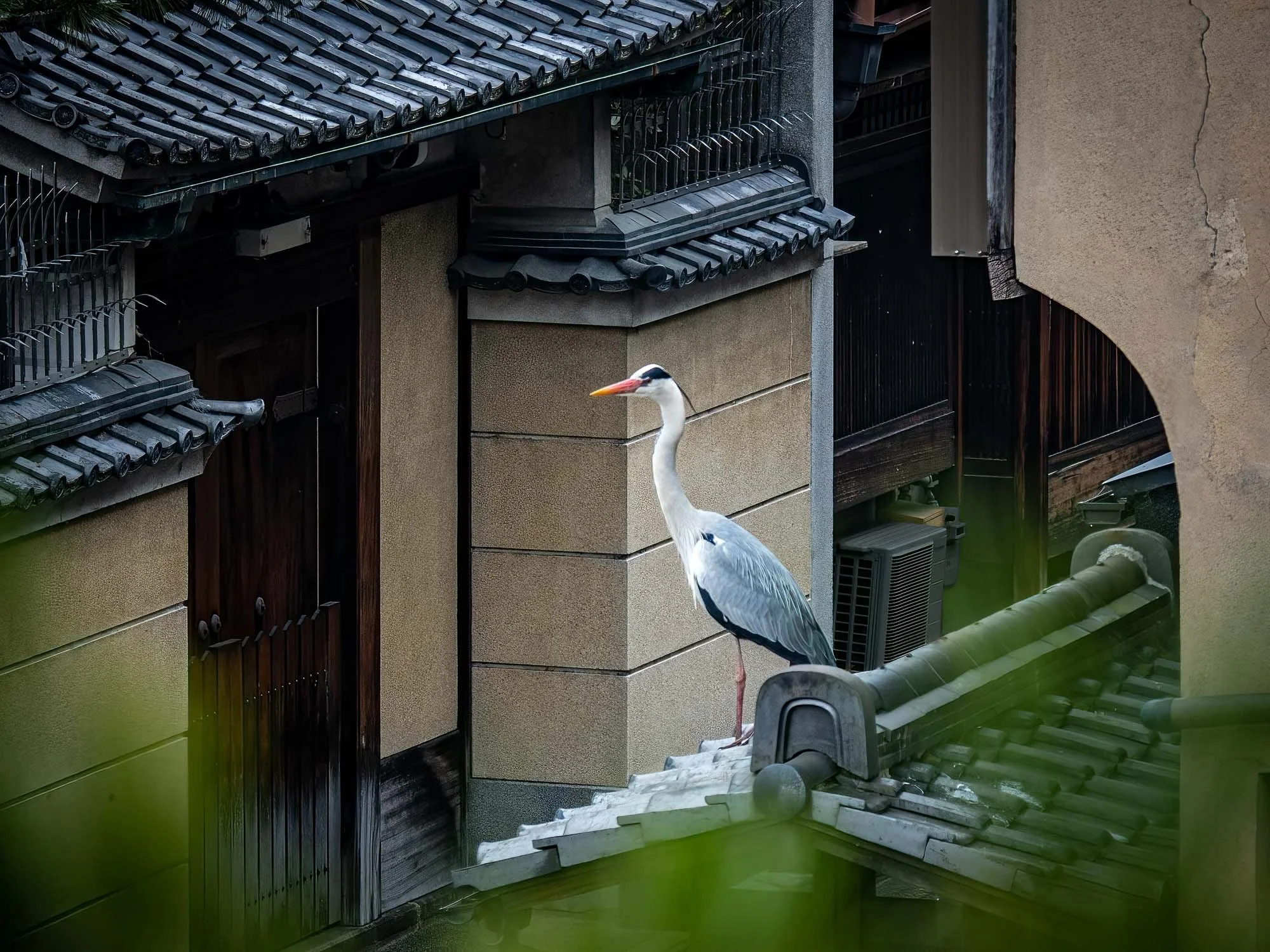A Trip to Japan
We spent eight glorious days in Japan with our son Ari and his girlfriend Hannah exploring Tokyo, Hakone, and Kyoto by foot, e-bike, bus, subway, taxi, and bullet train.
In early April, the cherry blossoms were still left on many branches, but we also got to experience hanafubuki, which means “flower snowstorm” of falling petals. Best blizzard ever.
Legend has it that if you get your lover in a row boat and propose marriage, they will say yes.
This Golden Pavilion Temple was built in 1397 and burned to the ground by one of its young priests. This exact replica was built here in its place in the 1950s.
Not only did we explore iconic Shinto shrines, Buddhist temples, and Shogun castles (like the Meiji Jingu Shrine, Kinkakuji Temple, Nijo Castle, and the Fushimi Inari Shrine), we also got a sense of street life, popping into unique boutiques where they sold chopsticks, paintbrushes, and lanterns.
We enjoyed several immersive experiences, which we hoped leaned more toward cultural appreciation than cultural appropriation.
The kids each learned how to make a strong cup of matcha tea, which they then served to their elders. An audible slurp was a signal that we appreciated it.
We learned how to roll sushi. It turned out that we were better at eating it than making it, when prepared in front of our eyes by an acclaimed sushi chef named Gento. (He even offered us delicious vegetarian options.)
Our meals were fabulous. We sampled tempura, shashimi, udon noodles, matcha ice cream, rice snacks, egg pudding, and more.
Japan seems to be a country of paradoxes: provincial and global; traditional and modern; formal and cutesy; chaotic and serene. These apparent contractions are evident in the architecture, the people, the culture, and the landscape.
After three days in Tokyo, we headed to Hakone and stopped along the way to do some hiking.
The Hakone open-air museum features powerful and playful art installations built into the landscape, and a place to stop for a warm foot bath along the route.
Marufukuro, the former Nintendo headquarters, was repurposed as a fabulous boutique hotel with 11 guest rooms and seven suites. The library highlights Nintendo’s humble beginnings with displays of iconic hanafuda playing cards – the company’s initial product – and one of Nintendo’s first video game consoles. Our stay there included a seven-course breakfast every morning and an all-day open bar.
We spent a special evening with a beautiful and unbelievably well composed 17-year-old maiko, who was in her second of five years as an apprentice geisha.
Through a translator, we were able to ask questions like: Don’t you miss your family? (“It is even more special when I get to see them.”) Don’t you miss your cell phone? (Giggle) How long does it take you to get dressed? (“Two hours for face, hair, kimono.”) Maiko wear their own hair; geisha wear wigs.
We also saw lots of young people wearing traditional kimono with colorful patterns and beautiful obi sashes, zōri sandals, and tabi socks.
In Japanese traditional culture, cranes are symbols of longevity, success, and good fortune. We wish you a life full of cranes.

